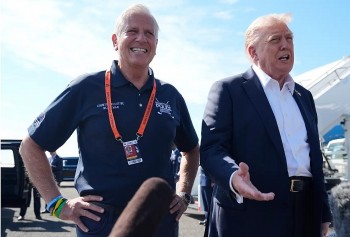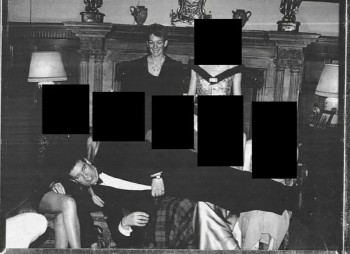What is Victory in Europe Day (VE Day)? Date, History, Significance, and How It’s Commemorated
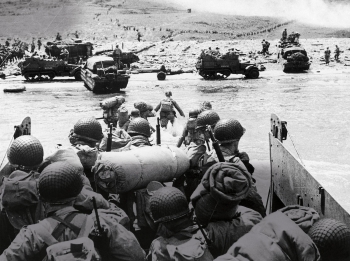 22 Impressive Facts About D-Day - WWII 22 Impressive Facts About D-Day - WWII |
 World War III in the Predictions of Prophets and Thinkers World War III in the Predictions of Prophets and Thinkers |
Key Facts About VE Day
| Topic | Information |
|---|---|
| Official Name | Victory in Europe Day |
| Date | May 8 (annually) |
| First observed | May 8, 1945 |
| What it commemorates | Nazi Germany's surrender to the Allies |
| Primary countries observing | UK, France, US, EU nations |
| Type of observance | Remembrance, national pride, education |
| Related holiday | VJ Day (Victory over Japan Day) – August 15 |
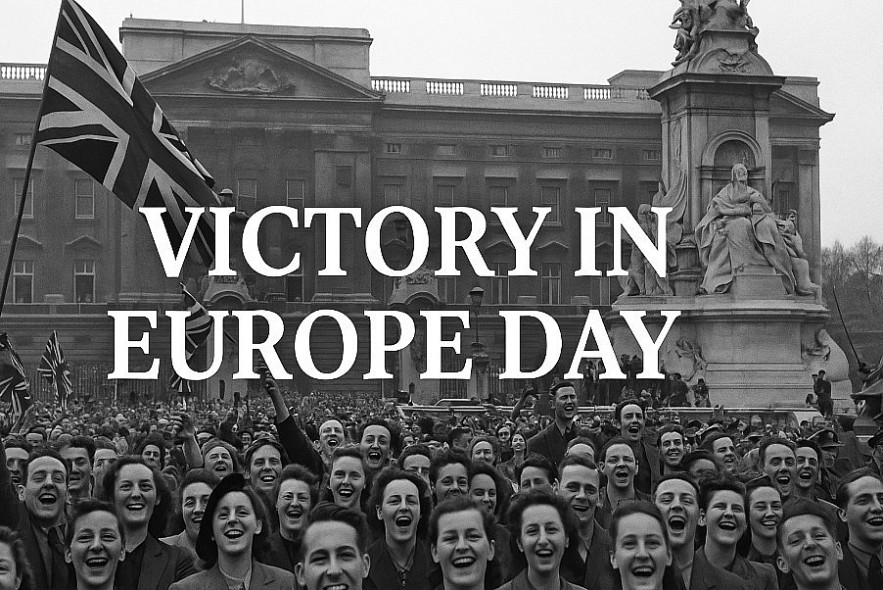 |
| Victory in Europe Day |
This historic date in 1945 signaled the defeat of Nazi Germany, the collapse of the Third Reich, and the long-awaited return of peace after years of war, destruction, and loss.
VE Day is not only a celebration of military victory, but also a solemn commemoration of sacrifice, resistance, and resilience. It is a time to reflect on the cost of freedom and the importance of unity during times of darkness.
In this article, we explore the date, background, historical context, meaning, and modern-day relevance of VE Day, along with how it’s observed in the UK and other nations.
When is Victory in Europe Day?
VE Day is observed annually on May 8. This marks the day in 1945 when the Allied forces officially accepted Nazi Germany’s unconditional surrender, bringing an end to the European front of the Second World War.
Upcoming VE Day Dates:
-
2025: Thursday, May 8
-
2026: Friday, May 8
-
2027: Saturday, May 8
Although May 8 is the official date in Western Europe and the UK, some countries — notably Russia and former Soviet states — observe Victory Day on May 9 due to time zone differences when the surrender was formalised.
What Happened on VE Day in 1945?
On the evening of May 7, 1945, German General Alfred Jodl signed the act of unconditional surrender at Allied headquarters in Reims, France. The surrender was set to take effect the following day — May 8 at 11:01 p.m. Central European Time.
The next day, May 8, was met with spontaneous celebrations across Europe and the United States:
-
In London, crowds filled the streets, waving flags, dancing, and singing.
-
King George VI and Winston Churchill appeared on the balcony of Buckingham Palace to cheers from thousands.
-
Across Paris, New York, and other cities, church bells rang, people gathered in public squares, and impromptu parades erupted.
VE Day represented not just the end of conflict, but the end of Nazi occupation, concentration camps, and fascist rule in much of Europe.
However, the war was not yet over globally. Fighting in the Pacific continued until August 15, 1945 — known as VJ Day (Victory over Japan Day).
The Historical Significance of VE Day
1. The End of World War II in Europe
VE Day marked the conclusion of one of the deadliest and most destructive wars in history. More than 60 million people died during WWII, including soldiers, civilians, and victims of genocide.
In the UK alone, the war claimed over 450,000 British lives and left much of Europe devastated by bombings, invasions, and occupation.
2. The Fall of Nazi Germany
VE Day symbolises the defeat of Adolf Hitler’s regime, which had launched aggressive invasions across Europe and committed countless atrocities, including the Holocaust.
The surrender on May 8 meant:
-
The liberation of concentration camps and occupied countries
-
The collapse of fascist ideology in Western Europe
-
The beginning of reconstruction and recovery across the continent
3. A Turning Point for Modern Europe
VE Day is often seen as the symbolic beginning of a new era — one defined by international cooperation, the founding of the United Nations (1945), and eventually the emergence of the European Union.
How Is VE Day Commemorated in the UK?
While VE Day is not an annual public holiday in the UK, it is widely recognised through official ceremonies, educational efforts, and public remembrance.
National Events and Ceremonies
-
Wreath-laying at the Cenotaph in Whitehall, London
-
A two-minute silence held across the country at 3:00 p.m., the exact time Prime Minister Winston Churchill announced victory to the nation
-
Special church services, including at Westminster Abbey, often attended by members of the Royal Family
Community and Public Activities
-
Veteran tributes in towns and cities
-
Parades, military reenactments, and public exhibitions
-
Street parties inspired by 1945, with bunting, vintage music, and food
During major anniversaries (e.g. the 75th in 2020), the government organises nationwide commemorative programmes, televised broadcasts, and educational campaigns.
Education and Media Coverage
-
Schools often teach students about WWII and VE Day through projects, assemblies, and guest speakers
-
Documentaries, interviews with veterans, and archived footage are broadcast on national TV
-
Campaigns to share family stories, letters, and photos from 1945 help preserve living memory
VE Day Traditions and Symbols
Though VE Day is not tied to religious observances, it has developed its own set of modern traditions:
-
Union Jack flags and bunting
-
1940s music, such as Vera Lynn’s “We’ll Meet Again”
-
Tea parties and retro dress-up days
-
Moments of silence, reflection, and gratitude
These traditions create a bridge between generations — helping today’s public connect with the lived experiences of those who witnessed or served during the war.
How Do Other Countries Observe VE Day?
VE Day is commemorated in various ways around the world:
-
France: A national holiday with military parades and tributes at war memorials
-
United States: Known as V-E Day, marked by ceremonies and educational programs
-
Russia and some post-Soviet states: Celebrate Victory Day on May 9 with large-scale military parades, especially in Moscow’s Red Square
-
Germany: While not a celebration, May 8 is increasingly acknowledged as a day of remembrance and reflection, marking the country’s liberation from Nazism
VE Day vs. VJ Day: What’s the Difference?
-
VE Day (May 8): Marks the end of WWII in Europe, with Germany’s surrender
-
VJ Day (August 15): Marks the end of WWII worldwide, with Japan’s surrender
Both are critical in understanding the full closure of the global conflict.
Conclusion
Victory in Europe Day (VE Day) is a day of both celebration and solemn reflection. It commemorates not only a military triumph, but the end of one of the darkest chapters in modern history. As the years pass and the number of surviving veterans declines, it becomes even more important to keep the memory of VE Day alive — not as a celebration of war, but as a tribute to peace, sacrifice, and collective resilience.
Whether through quiet remembrance, community events, or educational efforts, May 8 remains a vital moment for honouring the past — and for inspiring future generations to protect the hard-won freedoms secured in 1945.
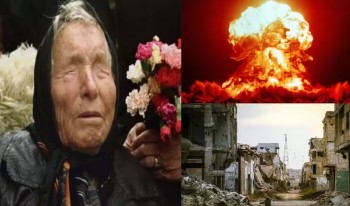 Fact-Check: Did Baba Vanga Predict the Fall of Syria and Its Connection to World War III? Fact-Check: Did Baba Vanga Predict the Fall of Syria and Its Connection to World War III? This article aims to fact-check the veracity of these claims and assess whether recent events in Syria align with Baba Vanga ominous forecasts. |
 Remembering 1st Lt. Herbert G. Tennyson: A WWII Pilot's Journey Home After Eight Decades Remembering 1st Lt. Herbert G. Tennyson: A WWII Pilot's Journey Home After Eight Decades The remains of a Wichita airman, Herbert G. Tennyson, have been recovered and identified almost 81 years after he and his crew were shot down ... |













